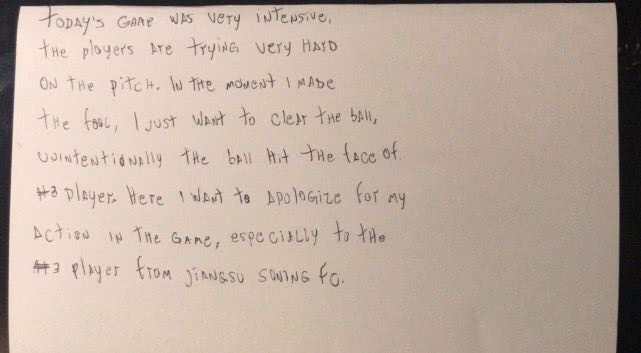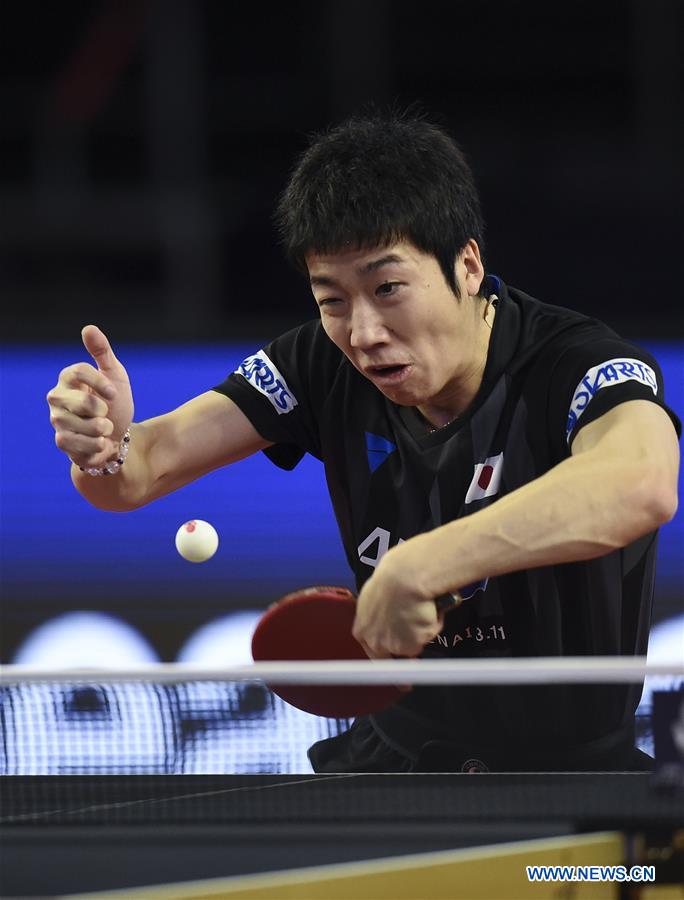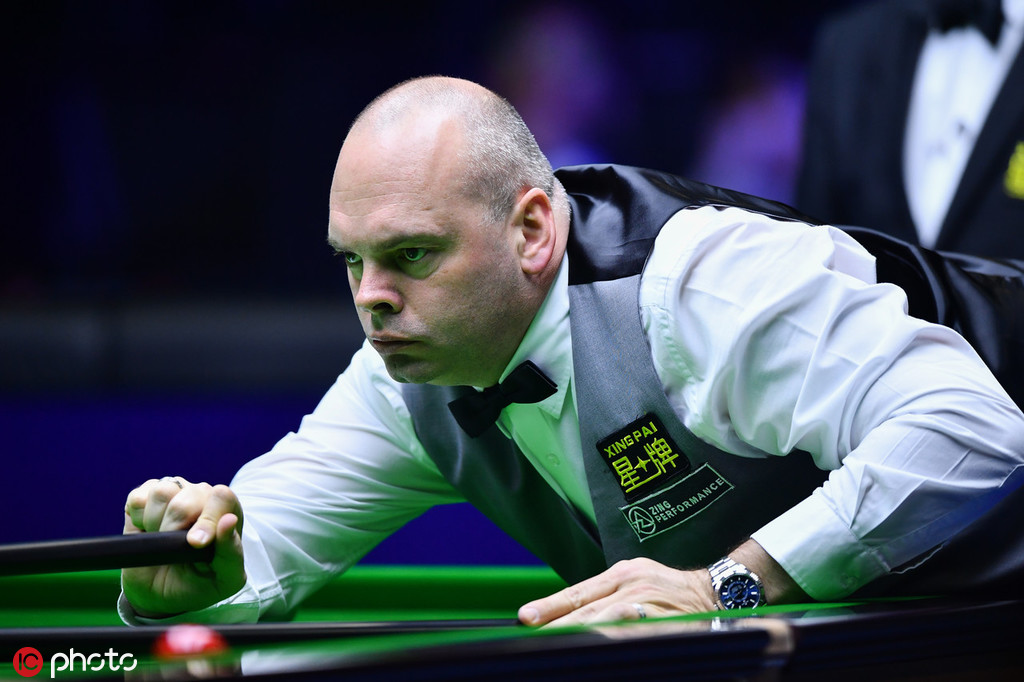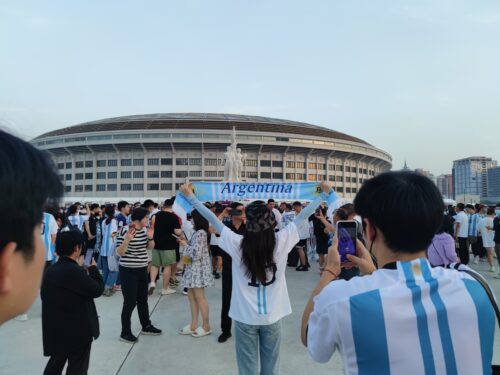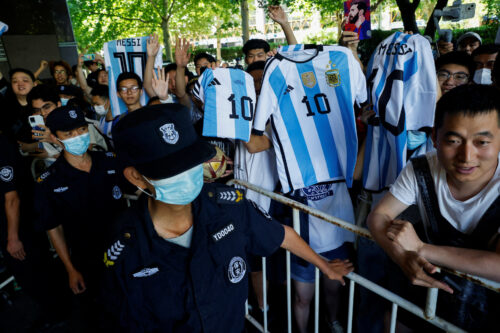Canadian Women’s Hockey League is no more. What will become of its Chinese team?

The China Sports Column is a The China Project weekly feature in which China Sports Insider Mark Dreyer looks at the week that was in the China sports world.
The collapse of the Canadian Women’s Hockey League this week has serious repercussions for the future of ice hockey in China, a situation that might seem strange if you haven’t been following this two-year journey.
Starting from fall 2017, two Shenzhen-based teams — Kunlun Red Star (KRS) and the Vanke Rays — joined the North American league, meaning huge amounts of travel for both teams, plus one lengthy trip for the other five teams when they were scheduled to play all their China games.
Financial terms of the arrangement were never publicly released, but it was understood that Kunlun, which effectively managed both teams, was underwriting international travel for all seven teams and that their investment effectively allowed the league to pay the players for the first time.
It wasn’t a lot, but it was something: players received between $2,000 and $10,000 per season depending on their experience, with a salary cap of $100,000 per team. However, with the international stars for the Chinese teams receiving a considerably higher salary — officially referred to as “player ambassadors” to get around the salary cap rules — it was hoped that this would be just the start of a flourishing, financially viable league.
The Chinese teams consolidated in 2018-19 for their second season, with the Rays officially stepping out of the league, while KRS was rebranded as the Shenzhen KRS Vanke Rays. The leftover Chinese players still traveled with the pro team, acting as a national development squad and playing games against university teams and others on the road in North America.
But with the unexpected news this week that CWHL operations will cease on May 1, more questions than answers remain.
The situation in women’s pro hockey with not one, but two barely sustainable North American leagues was never likely to last, though players seemed to far prefer the CWHL to the more heavy-handed National Women’s Hockey League (NWHL).
Given that it was Chinese money that largely funded the league, the obvious question is whether a cut to that funding has prompted this decision, especially after the number of Chinese teams in the league was halved, with payment no doubt reduced accordingly.
But sources at KRS say the team was as surprised as everyone else by the sudden news, though they may look to join the NWHL if a similar arrangement can be worked out with league management.
It’s a blow to women’s hockey at least in the short term, but it also leaves China’s plans in disarray ahead of the 2022 Olympics.
There was talk two years ago that the women’s team might even win an Olympic medal, but if the Chinese players are not able to hone their skills against the best in the world between now and then, that already ambitious goal will start to look firmly out of reach.
~
Today appears to be CFA punishment day and for this incident last week, Wuhan Zall’s Rafael Silva will be suspended 5 matches pic.twitter.com/IF2ubmW3GF
— Brandon C. (@modernleifeng) April 3, 2019
The punishment lottery in Chinese football continued this week with a five-game suspension for Wuhan Zall’s Rafael Silva, who kicked the ball towards an opponent’s face in a game last weekend.
Kicking the ball away after the whistle has blown is generally penalized with a yellow card, though an attempt to injure an opponent can result in a red card. The referee decided on the latter for Silva.
But decisions on the pitch aren’t always enough for Chinese officials, who this week decided to extend Rafael’s automatic ban to five games, despite his groveling apology note.
It’s the lack of consistency that grates here, with players in the CSL scared to actually kick the ball at times, seeing as they never know what punishment may later be doled out by the discipline department.
But while this ban seems harsh for Rafael, it’s not as bad as the infamous eight-game suspension slapped on Oscar for this 2017 incident below:
In Chinese football, then, kicking the ball at an opponent’s face after the whistle has blown is bad, but kicking it at his legs while the ball is still in play is apparently much worse.
~
There were some solid comebacks for two of China’s big sporting stars this week, with shuttler Lin Dan 林丹 and paddler Ma Long 马龙 both performing well.
Table tennis maestro Ma has been largely missing for the past seven months with a serious knee injury, but a 4-2 win over countryman Lin Gaoyuan 林高远 in the Qatar Open final gave the former world No. 1 a record 27th title and has him back at his best ahead of next month’s World Championships in Budapest.
Even more importantly, though, this will banish reports that Ma was set to retire from the sport, and a good performance in Hungary will have him on track for next year’s Tokyo Olympics, where he’ll be looking to defend both his singles and team Olympic titles.
Meanwhile, badminton star Lin Dan, who won the Olympic title in both 2008 and 2012 (but lost in the 2016 semifinals to archrival Lee Chong Wei), has so far put his recent poor form behind him at the Malaysian Open with a run to the semis, where he’ll face China’s Shi Yuqi 石宇奇 on Saturday afternoon.
Lin is unseeded in Malaysia, but is such a legend among Chinese sports fans that many hope he can give one last push for Tokyo 2020, by which time he’ll be close to 37.
~
- Also this week, Stuart Bingham scored a maximum break of 147 at the China Open in Beijing, repeating his feat from last year.
- Fresh off his appearance at the Bookworm Festival, Stephon Marbury has now officially launched his new Globe Ball.
- China’s MMA star Xiong Jingnan (aka “The Panda”) somehow managed to survive an armbar submission attempt in the 4th round before finishing the previously unbeaten Angela Lee in the 5th during their incredible ONE Championship bout.
The China Sports Column runs every Friday on The China Project. Follow Mark Dreyer @DreyerChina.
